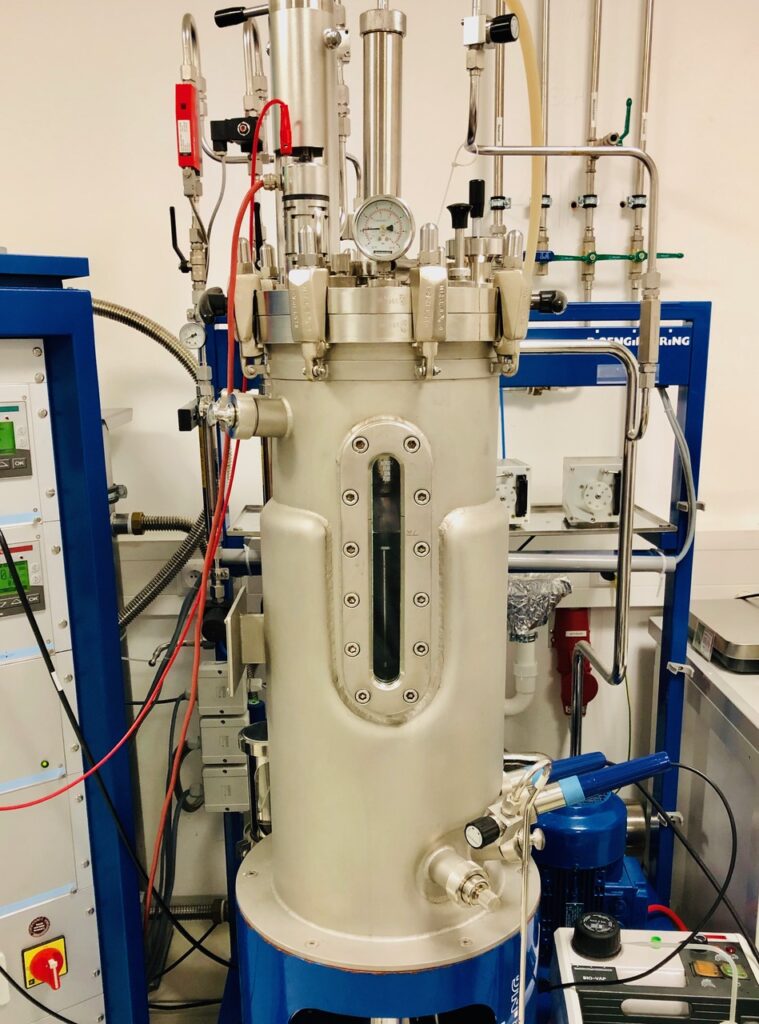Protecting Health
Alternative Bacterial Endotoxin Test Regulations
Industry Reluctance to use Alternative Testing Methodologies is Shifting

Reactor holding cell culture for manufacturing recombinant proteins such as Factor C. The amount of rFC produced per run, is equivalent to the bleeding on average of 6,000 horseshoe crabs without the associated collection, transportation, bleeding, husbandry and release associated with the production of LAL.
Adopting an alternative endotoxin detection method does have regulatory implications for companies willing to move away from traditional LAL/TAL methods. The LAL/TAL methods are included in the harmonized chapters of pharmacopoeia globally including the United States, Europe and Japan. Regulators, such as the U.S. Food and Drug Administration, follow the test chapters in the pharmacopoeia publications. Changing to an alternative method requires validation (additional testing to show equivalence to the compendial method). Biomedical/pharmaceutical companies appear increasingly willing to devote time and resources to qualify an alternative method as the regulatory acceptance is growing. The pharmacopoeias include chapters that directly address what is needed to qualify an alternative method so that it will be accepted by regulators.
Whether qualifying and adopting an alternative method for endotoxin testing on final products or using an alternative method for raw material or in process testing, increasing the use of alternative methods can help reduce the demand on horseshoe crab blood.
Eli Lilly and Company Validation/ Equipment Strategy Presentation
Learn More
See our list of companies that purchase their endotoxin detection materials from sustainable and responsible manufacturers.